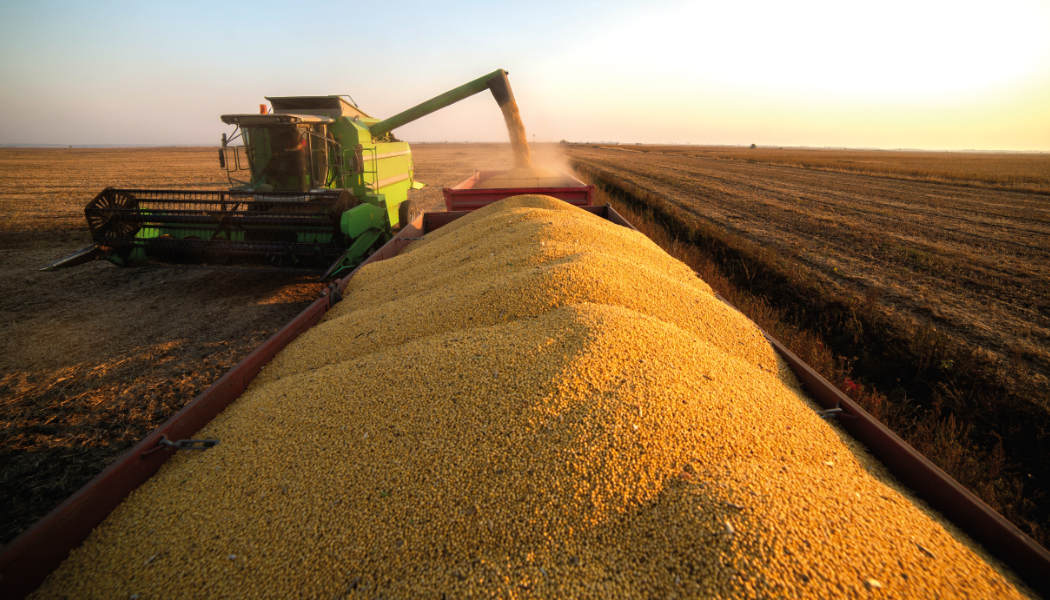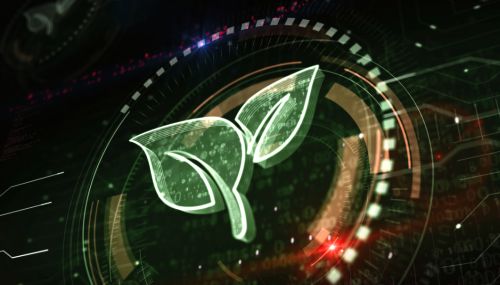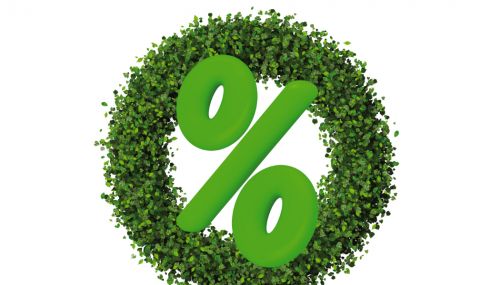All
Incorporating Higher Blends of Biofuels

The drop-in advantages of biodiesel and renewable diesel to lower the carbon emissions of your existing equipment cannot be underestimated
For more than 20 years, fleet managers, drivers and operators have seen the blend percentages of biofuels go up. Most commonly, it’s a mix between 5% biodiesel and 95 petroleum diesel (B5) or 20% biodiesel and 80% petroleum diesel — referred to as B20. Higher blends of biodiesel and renewable diesel are becoming more common as operators seek to increase their use and integrate lower carbon solutions.
Is it time to incorporate higher blends of biofuels in your operation? Jason Lawrence, Senior Business Development Executive
at Chevron, has provided some insights to help you answer this key question.
What Drives The Need For a Higher Blend?
Biodiesel and renewable diesel are drop-in fuel solutions that can quickly lower an organization’s lifecycle carbon and Scope 1 emissions. For organizations with broad ESG goals or strong consumer demand, higher blends of biofuels can help expedite lower carbon benefits.
“If you’re looking for an avenue to immediately lower your carbon emissions, the drop-in advantage of biodiesel and renewable diesel into your existing equipment cannot be underestimated,” said Lawrence.
While a B20 blend is the most common, there is no real limitation on the amount of biodiesel that can be used, meaning blends can go up to B100. The Clean Fuels Alliance America provides a fact sheet for an original equipment manufacturer position on biodiesel and renewable diesel for reference.
The Tangible Benefits of Higher Blends
In addition to lower carbon emissions, biodiesel and renewable diesel have engine and efficiency benefits. Biodiesel enhances lubricity of fuel, which may help prevent engine parts from wearing prematurely.
Operators may also see improved fuel efficiency — B20 has been reported to perform similarly to #2 ultra-low sulfur diesel (ULSD) in fleets, with potential additional advantages in areas such as engine oil samples, fuel properties and operations and maintenance issues.
Biodiesel produces less particulate matter than petroleum diesel when it is combusted. As biodiesel volume increases in a fuel blend, the amount of particulate matter going through the diesel particulate filter is reduced, which can lead to fewer engine regenerations.
“The benefits of biodiesel to equipment brings another level of advantages,” said Lawrence. “Using biodiesel as a drop-in fuel solution not only lowers your carbon emissions but also helps protect your equipment and can help your diesel particulate filter (DPF) last longer — all likely with minimal additional effort from you.”
Fuel Diversity For Your Operation
Incorporating blends of biodiesel and renewable diesel gives your operation a leg up when you get to the pump. When drop-in, lower carbon fuels are available at any blend level, operators are prepared to take advantage of higher-blend options, bringing the associated benefits. Biomass-based diesel can be used in virtually any existing equipment as a standalone fuel or mixed with ULSD in the same tank. This convenience alleviates concerns around cost for equipment replacements or updates.
Accessibility and use of high-quality alternative fuels are expanding — a map of the 1,430 biodiesel fueling facilities and 1,514 renewable diesel fueling facilities in the U.S. is available through the U.S. Department of Energy. For biodiesel in particular, the number of fueling stations increased 297% from 2020 to 2022.
What Incentives Are Offered For Using Higher Blends?
In 2021 the federal Higher Blends Infrastructure Incentive Program (HBIIP) went into effect to offer funding for infrastructure development to bring higher blends of biodiesel to the pump. The program is intended to encourage a comprehensive approach to building biofuel-related infrastructure.
“We know the incentive and policy landscape is ever changing, and that can be a tricky path to navigate for wholesalers and retailers,” said Lawrence. “Our team at Chevron is here to help you navigate what incentives may be available — don’t hesitate to reach out with questions.”
Several states have introduced, passed, or expanded legislation to incentivize the sale, production and blending of biodiesel. For example, Iowa and Illinois expanded their existing biodiesel incentives in 2022. Retailers selling biodiesel in Iowa can receive $.10 per gallon on blends of B30 or higher, directly incentivizing the supply availability of biodiesel.
Biodiesel continues to lead the way in availability and continuity. For more information about blending biodiesel and renewable diesel into your operation at any level, visit the Chevron website and submit a contact form, or contact Jason Lawrence at jason.lawrence@chevron.com.
Jason Lawrence is Senior Business Development Executive at Chevron Renewable Energy Group. He can be reached at (717) 989-1313 or jason.lawrence@chevron.com.
Related Posts
 How to Set Your Business Apart with Renewable Propane
How to Set Your Business Apart with Renewable Propane
Posted on October 16, 2025
 EIA Report: Biodiesel and Renewable Diesel Imports Fall Sharply
EIA Report: Biodiesel and Renewable Diesel Imports Fall Sharply
Posted on October 16, 2025
 Northeast Liquid Fuel Providers Put Higher Bioblends in Focus
Northeast Liquid Fuel Providers Put Higher Bioblends in Focus
Posted on August 19, 2025
 Lower Carbon Lineup Puts Businesses on the Path to Net Zero Goals
Lower Carbon Lineup Puts Businesses on the Path to Net Zero Goals
Posted on August 18, 2025
Enter your email to receive important news and article updates.
